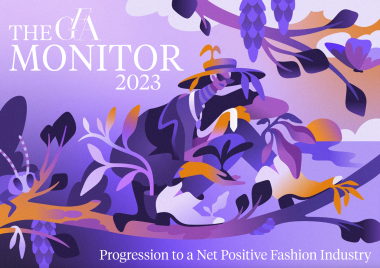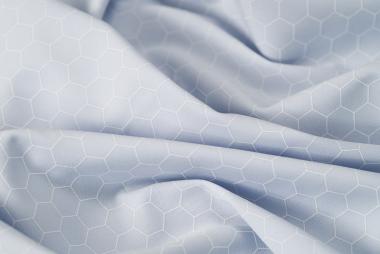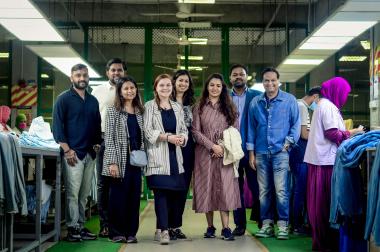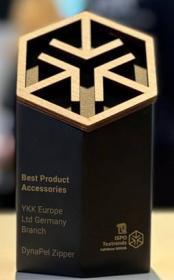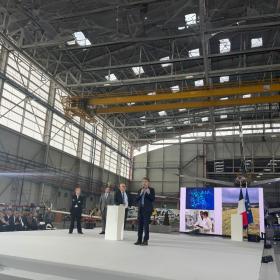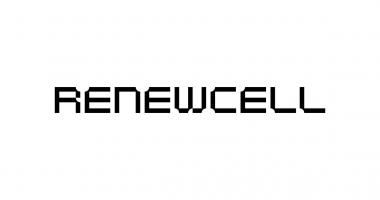The Wild Goose: Interior-KI-Summit im Februar 2024
Unsere Welt ist im stetigen Wandel – und für die Möbel- und Einrichtungsbranche gibt es keine Ausnahme. Die Digitalisierung und Industrie 4.0 haben bereits jetzt bedeutende Veränderungen und Innovationen in unserer Branche ermöglicht, von personalisierten Produktempfehlungen bis hin zu intelligenten Fertigungsprozessen. Das Thema „Künstliche Intelligenz (KI)“ wird aller Voraussicht nach zu noch größeren Veränderungen, Innovationen und Risiken führen. Um die Herausforderungen und Chancen, die KI bietet, zu entdecken und für sich zu verifizieren, veranstaltet The Wild Goose am 21. Februar 2024 einen Interior-KI-Summit.
Mit Keynote-Speakern, Experten der großen Hightech-Konzerne und praxisorientierten Workshops richtet sich der Interior-KI-Summit 2024 an Unternehmen, die die Chancen der neuen Technologien wahrnehmen wollen. „Uns geht es darum, konkrete Entscheidungshilfen zu vermitteln und Unternehmen dabei zu unterstützen, Künstliche Intelligenz sinnvoll und gewinnbringend in ihre Abläufe zu integrieren“, sagt Florian Goos, Geschäftsführer des Veranstalters The Wild Goose. Praxisorientierung lautet das Stichwort, wie auch der zweite Geschäftsführer von The Wild Goose, Kirk Mangels, bekräftigt: „KI ist keine Science-Fiction, sondern zukunftsweisende Technologie, die bleiben wird. Sinnvolle Anwendungsbeispiele gibt es schon heute. Jeder Teilnehmer wird nach unserem Summit wissen, wie Geschäftsabläufe mit Hilfe von KI optimiert werden können und mit welchen Investments welcher ROI möglich ist.“
Um diese Zielsetzung zu erreichen, werden beim Summit zunächst Tech-Experten wie Microsoft die Möglichkeiten der KI-Anwendungen für das Einrichtungsbusiness von morgen vorstellen. Gleichzeitig gibt es Einschätzungen der Branchenverbände, wo KI für die Branche heute schon relevant ist und wo sie künftig Bedeutung erlangen wird. Am Nachmittag geht es dann in den Masterclasses um konkrete branchenspezifische Anwendungsbereiche: KI-getriebenes Daten- und Prozess-Management ist hier ebenso Thema wie die digitale Unterstützung von Vertrieb, Kundenbetreuung, Kommunikation und Design. „Change before you have to“, so der Titel einer der Masterclasses, der den Inhalt der Veranstaltung auf den Punkt bringt: der Einrichtungsbranche mit Know-how und Vernetzung die Möglichkeit zu geben, an einem Produktivitätsschub teilzuhaben und neue Geschäftsentwicklungen zu entdecken. Der Interior-KI-Summit wird in Kooperation mit den Branchenverbänden VDM, AMK und BVDM veranstaltet.
The Wild Goose GmbH & Co. KG





